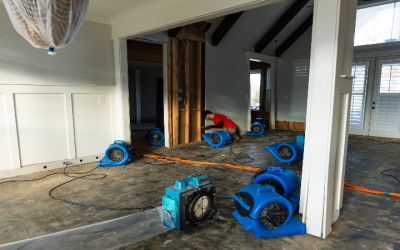The term sand blasting is a little bit misleading, as it is extremely rare for actual sand to be used as an abrasive due to associated health concerns. Today, standard abrasives include dry ice, steel grit, copper slag, walnut, coconut shell, and corn cob, among others, yet the process itself is still referred to Sand blasting in CT. Read on to find out about a few of the most common applications for this technology below.
Strip Paint and Corrosion
One of the most common applications for sand blasting is the removal of stubborn paint and corrosion on metal surfaces. When an abrasive is chosen correctly, sand blasting can remove rust and paint without harming the underlying metal, which makes it a popular cleaning technique in the automotive industry, in particular. Note, however, that metal surfaces are certainly not the only materials that can be successfully sand blasted.
Prepare for Coating
Failure to adequately prepare a surface for painting, bonding, or coating can wind up leading to premature coating system failure. This can be avoided by using sand blasting to fully clean the surface before applying paint. Even fragile materials such as wood can be cleaned using sand blasting, usually featuring walnut shells or glass beads as abrasives.
Mold Remediation
Sand blasting has become popular in recent years as a means of eliminating mold. The abrasive medium used in this application is usually either dry ice or baking soda. Its primary benefit over other mold remediation techniques is the ability to reach difficult to access places such as attics and crawl spaces.
Restore Stone
Bricks, stones, and concrete are all touted for their longevity, but they can wind up deteriorating over time. This is particularly true of memorial stones exposed to the elements. Sand blasting in CT can be used to remove dirt and other substances from stone surfaces, leaving them looking clean and beautiful.
Stone Etching
Not only can sand blasting be used to keep memorial stones looking great, but the same process can also be used to create etchings, to begin with. The primary advantage that this more old-fashioned method maintains over laser engraving is that it allows artisans to add more depth to their etchings, which offers them more versatility when it comes to design. Check out the headstones at Website URL for some wonderful examples.


